Excerpted from Elegant Arts for Ladies, circa 1856.
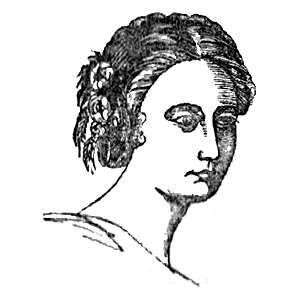 One of the prettiest styles of dressing ladies’ hair introduced of late years, and particularly fashionable at the present time, is that represented in the accompanying figure. The hair is dressed a la Marie Stuart, the front hair being divided into two parts on each side so as to be distinct from the rest of the hair. The one part is brushed over a narrow roll of brown silk, stuffed with wool so as to form la Marie Stuart, and the other part is brought over the ears so as to effectually conceal them, particularly when assisted by graceful bunches of artificial flowers. The back hair is plaited into three tresses, which are formed into a crown.
One of the prettiest styles of dressing ladies’ hair introduced of late years, and particularly fashionable at the present time, is that represented in the accompanying figure. The hair is dressed a la Marie Stuart, the front hair being divided into two parts on each side so as to be distinct from the rest of the hair. The one part is brushed over a narrow roll of brown silk, stuffed with wool so as to form la Marie Stuart, and the other part is brought over the ears so as to effectually conceal them, particularly when assisted by graceful bunches of artificial flowers. The back hair is plaited into three tresses, which are formed into a crown.
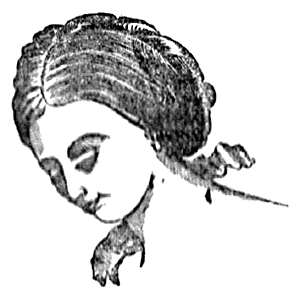 A simple and very pretty manner of dressing the hair is to part it in the centre, and then, having brought down each parting, to turn it up underneath the side-hair, so as to conceal the ends. The back hair is plaited plainly, then a piece of brown or other coloured satin ribbon being wound around it, the plait is passed across the head at the back and the ends, confined with hair-pins, and tied with the same coloured ribbon, so as to leave streamers; as in the figure. This style is, of course, only appropriate to a young lady.
A simple and very pretty manner of dressing the hair is to part it in the centre, and then, having brought down each parting, to turn it up underneath the side-hair, so as to conceal the ends. The back hair is plaited plainly, then a piece of brown or other coloured satin ribbon being wound around it, the plait is passed across the head at the back and the ends, confined with hair-pins, and tied with the same coloured ribbon, so as to leave streamers; as in the figure. This style is, of course, only appropriate to a young lady.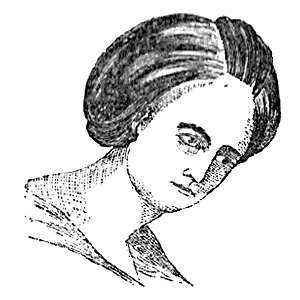 Part the front hair in three, so that the central parting shall be turned back, as in the accompanying illustration. This covers the junction of the parting of the other two, and when they have been well brushed and brought down over the side of the face, the central part is turned back, while the two lateral or side partings are brushed off the face and turned in behind the ears. The back hair in this case is sometimes used in with the other hair, or plaited into some fancy plait.
Part the front hair in three, so that the central parting shall be turned back, as in the accompanying illustration. This covers the junction of the parting of the other two, and when they have been well brushed and brought down over the side of the face, the central part is turned back, while the two lateral or side partings are brushed off the face and turned in behind the ears. The back hair in this case is sometimes used in with the other hair, or plaited into some fancy plait.
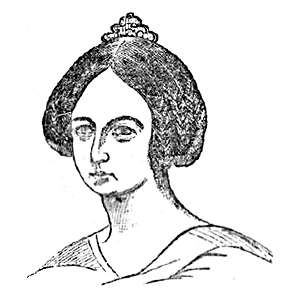 A very effective manner of dressing the hair is the one figured in the accompanying illustration; the hair is simply parted and the side hair divided into three parts, each of which is plaited in the Grecian or cable plait style, while the back hair is plaited to correspond, and turned up in loops or plainly. In either case the aid of hair-pins is indispensable to sustain the coiffure.
A very effective manner of dressing the hair is the one figured in the accompanying illustration; the hair is simply parted and the side hair divided into three parts, each of which is plaited in the Grecian or cable plait style, while the back hair is plaited to correspond, and turned up in loops or plainly. In either case the aid of hair-pins is indispensable to sustain the coiffure.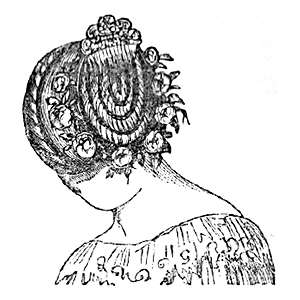 As in the reign of Henry III, the ladies wore chaplets of natural flowers, so in the present day they encircle their back hair with wreaths of artificial roses, or other flowers, confining the plaits, which are ingeniously turned round and round, with a ornamental tortoise-shell comb; a coronal plait is frequently brought over the head, but in some instances it is omitted; such as, for example, where the hair is not luxuriant enough to admit of it: but even this is often overcome by the ingenuity of the hair-dresser introducing a false plait, or a coronal of satin-ribbon.
As in the reign of Henry III, the ladies wore chaplets of natural flowers, so in the present day they encircle their back hair with wreaths of artificial roses, or other flowers, confining the plaits, which are ingeniously turned round and round, with a ornamental tortoise-shell comb; a coronal plait is frequently brought over the head, but in some instances it is omitted; such as, for example, where the hair is not luxuriant enough to admit of it: but even this is often overcome by the ingenuity of the hair-dresser introducing a false plait, or a coronal of satin-ribbon.
 The semi-Grecian style of dressing the hair is admirably adapted to certain features, and has been universally admired when it has been suitably applied. The front hair is combed back over a slight roll of brown silk, stuffed with wool, and fastened round the head, and the hair is then turned back towards the back hair, which is cable-plaited and dressed in a similar manner to that in the preceding paragraph. When the hair has been dressed thus, a gold and crimson or other coloured rouleau is passed round the head and fastened with a common or Maltese filigree hair-pin. The second illustration (2) shows another method of dressing the hair. The front hair is formed into plain or waving bandeaux, worn close to the face, or spread out according to fancy and effect. The back hair is then twisted and intermixed with a band of crimson velvet ribbon, or a string of pearls, or both, and turned up, as shown in the illustration.
The semi-Grecian style of dressing the hair is admirably adapted to certain features, and has been universally admired when it has been suitably applied. The front hair is combed back over a slight roll of brown silk, stuffed with wool, and fastened round the head, and the hair is then turned back towards the back hair, which is cable-plaited and dressed in a similar manner to that in the preceding paragraph. When the hair has been dressed thus, a gold and crimson or other coloured rouleau is passed round the head and fastened with a common or Maltese filigree hair-pin. The second illustration (2) shows another method of dressing the hair. The front hair is formed into plain or waving bandeaux, worn close to the face, or spread out according to fancy and effect. The back hair is then twisted and intermixed with a band of crimson velvet ribbon, or a string of pearls, or both, and turned up, as shown in the illustration.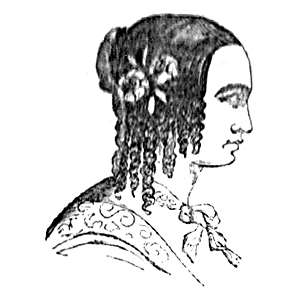 The modern English style of head-dress is that shown in the figure, where we observe that the side hair is dressed with ringlets; and the back hair plaited and turned up. On the right side of the head we also observe a bunch of roses, which, in many instances, is represented by two camellias, or other flowers.
The modern English style of head-dress is that shown in the figure, where we observe that the side hair is dressed with ringlets; and the back hair plaited and turned up. On the right side of the head we also observe a bunch of roses, which, in many instances, is represented by two camellias, or other flowers.
Perhaps the latest fashion is the ancient Phrygian net, or caul of gold network, for the young ladies’ back hair, the same as that worn during the reign of Henry III, Edward I, Richard II, and other monarchs.
The various plaits in general use are the Grecian plait, the basket or chain plait, and the cable plait.
The Grecian plait is woven as follows:—Take a tolerably thick lock of hair, divide it into two equal parts; take from the outside of the left hand portion, a very small piece of hair,—about a sixth-part—pass it over into the centre, and unite it with the right hand portion; do the same from the right hand portion, and pass it over the centre, and unite it with the left hand portion; proceed thus, taking the small and even-sized lock alternately from the left and right hand portions until all is plaited; be careful to keep this plait very smooth.
The Basket or Chain plait is made by taking four rather small strands of hair; plait with only three of these, weaving them over and under the fourth, which serves to draw the chain up, as in the way in which a plait of three is usually worked, taking first the left hand outside strand, and working it under one and over the next until it takes the place of the right outside strand, which in its turn is then worked to the left side, and so on alternately, always retaining one unmoved in the middle.
The Cable plait, is made by taking three pretty thick strands of hair of equal size; place one in the centre; take the left hand strand and lift it under the centre one, and over it, and back to its own place; take the right hand strand and lift that under the centre one, and over it, and back to its place; work on thus alternately to the end. The best way of weaving this is to divide the back hair into two equal portions, and then make two “cables,” and having twisted them round each other, two wind this double cable round the head.


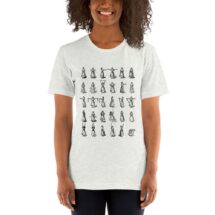
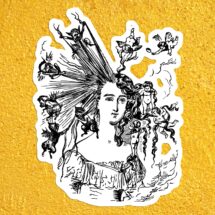
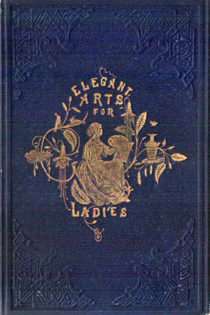


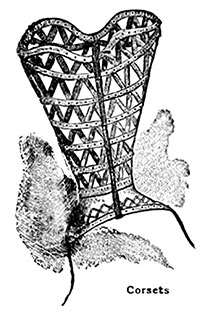


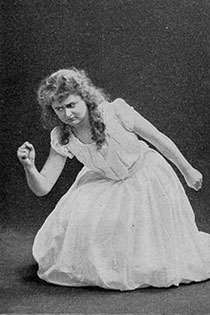
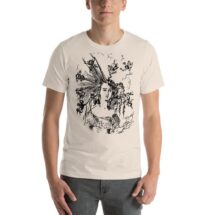
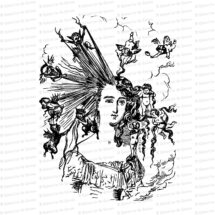
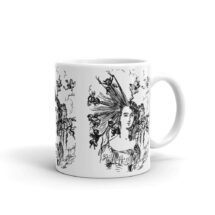
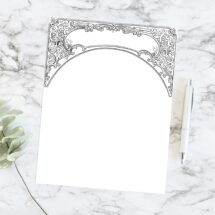
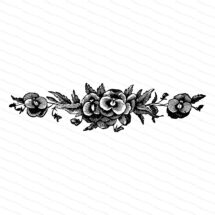

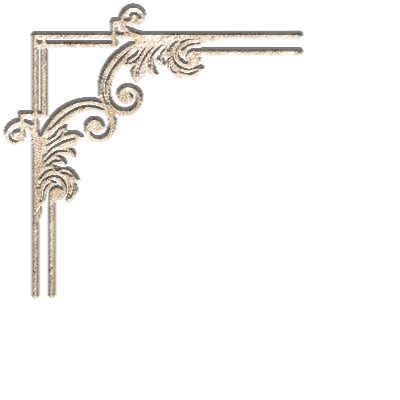
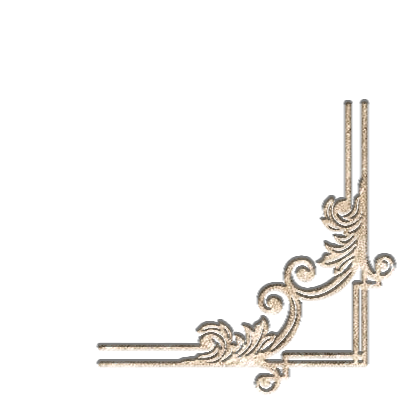
You must be logged in to post a comment.